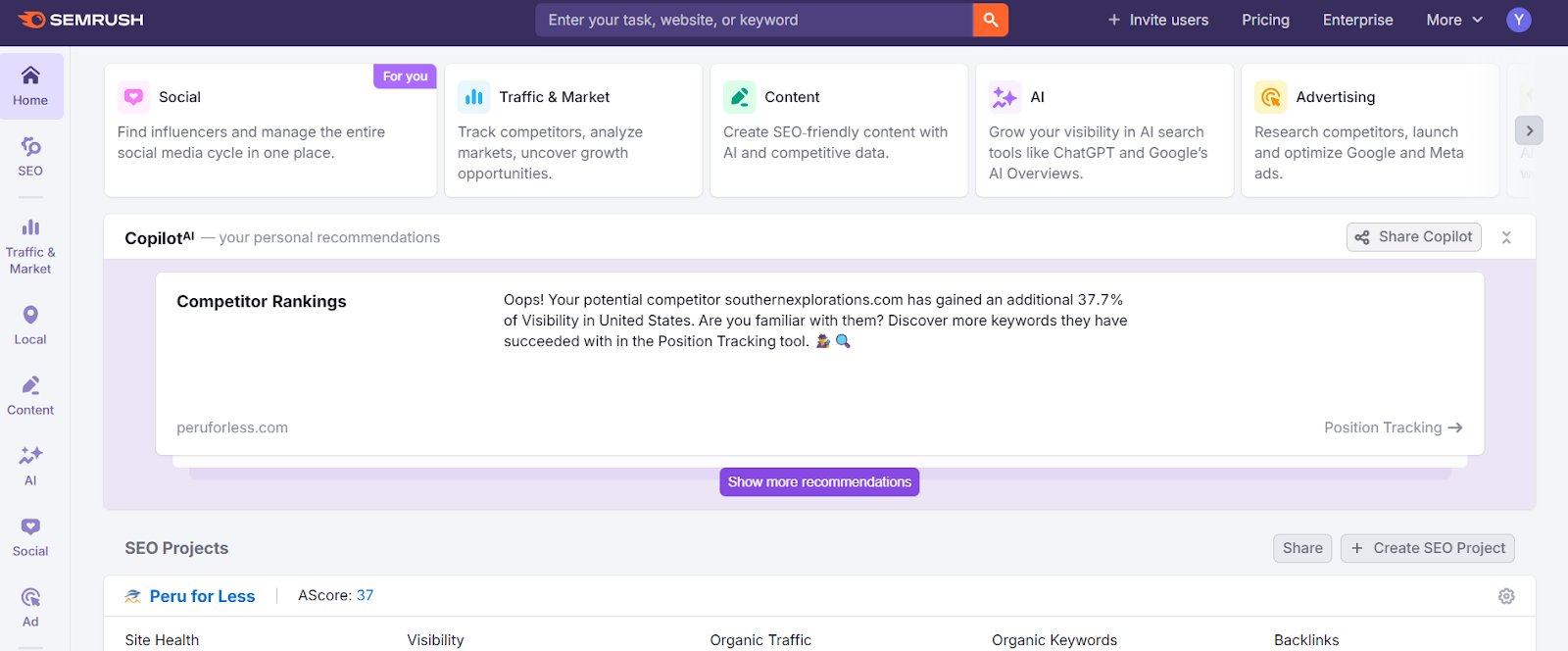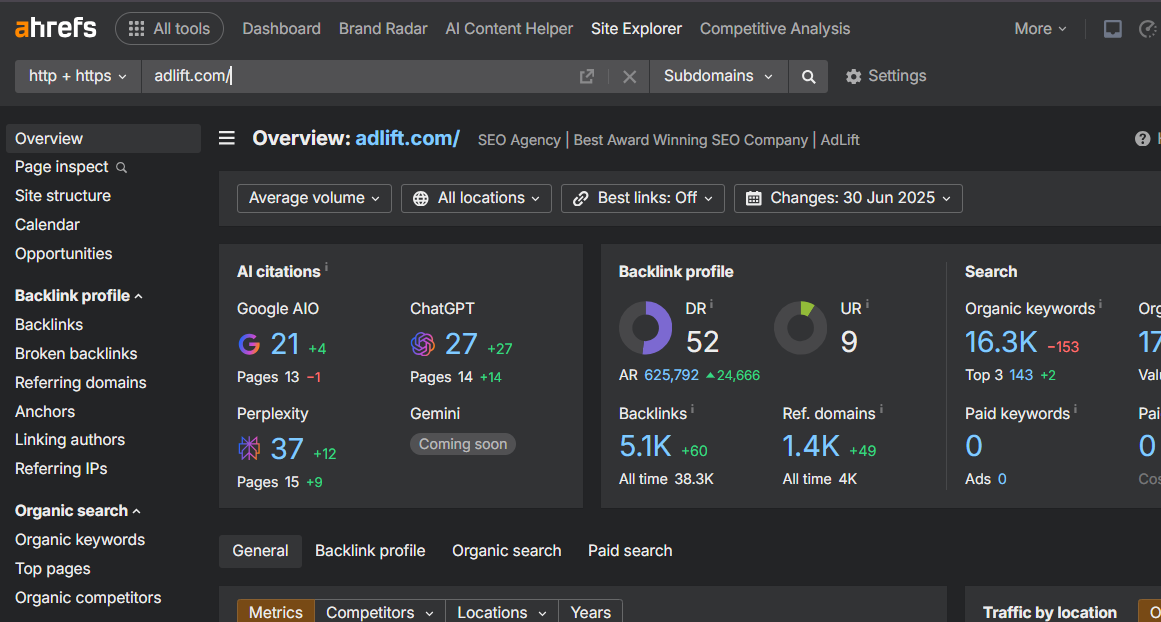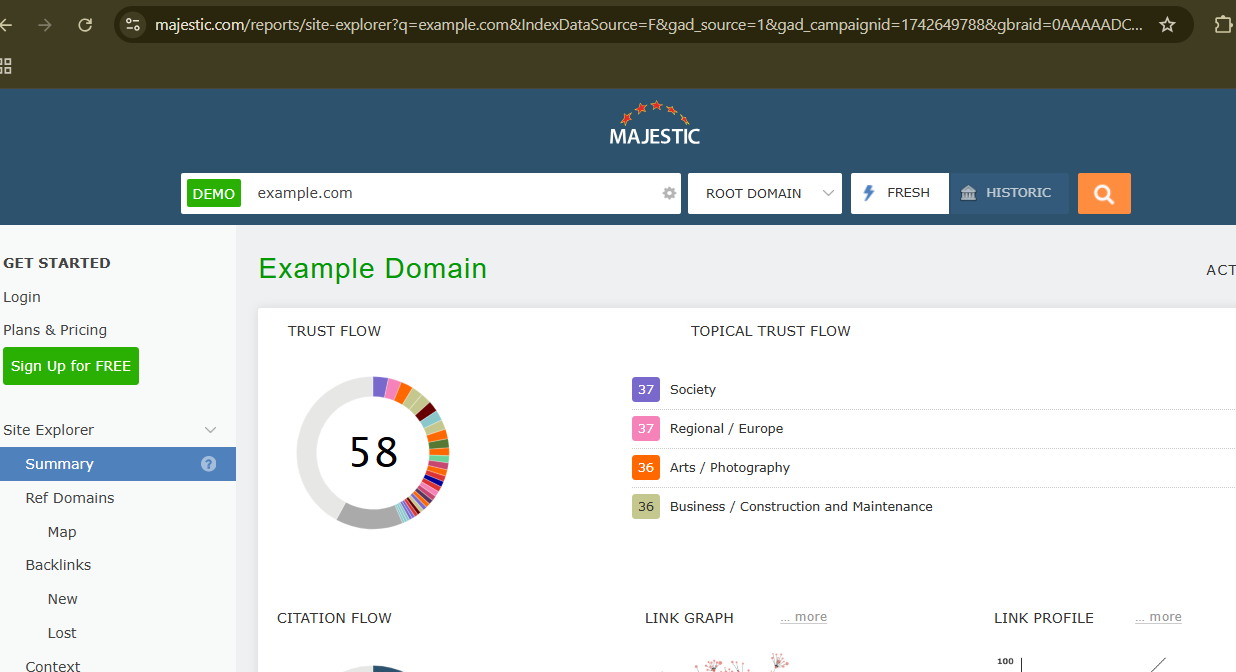How to Do Competitor Backlink Analysis the Smart Way

Backlinks are the backbone of SEO, and the numbers prove it. A 2024 study found that 93.8% of link-building professionals say backlink quality is more important than quantity, underscoring just how critical links are for ranking success.
Yet many businesses spend hours building their links while overlooking a gold mine hiding in plain sight: their competitors’ link profiles. Smart competitor backlink analysis flips the script. By reverse-engineering where (and why) top-ranking sites earn their links, you uncover fresh, high-authority opportunities for your site, often in a fraction of the time.
Rather than beginning from zero, take inspiration from proven strategies that already deliver results.
In this blog, we’ll walk you through a simple way to perform competitor backlink analysis, the tools that can make the process easier, and how to turn those insights into real SEO results.
Let’s get started because your competitors might hold the key to your next ranking boost.
What is Competitor Backlink Analysis?
Competitor backlink analysis is a useful SEO approach that helps you understand how many backlinks a site has, where those links are coming from, and which pages are getting the most attention.
By examining this data, you can uncover meaningful opportunities for building high-quality backlinks. It allows you to turn backlink data into practical steps that can strengthen a website’s authority and improve its search visibility.
Backlinks are crucial for SEO. When well-established websites link back to your content, it indicates to search engines that your material is credible and holds value. This ultimately helps your site rank higher in search results.
So, analyzing your competitors’ backlinks isn’t just a good idea; it’s an essential step in staying competitive.
Why It Matters?
Competitor backlink analysis provides valuable insights into your industry’s backlink landscape. By studying the backlinks of top-ranking sites, you can discover new link-building opportunities, improve your backlink strategy, and gain an edge over competitors who might not be paying attention to the backlinks they’re missing out on.
How to Do Competitor Backlink Analysis
Learn the step-by-step process to analyze competitor backlinks and uncover valuable link-building opportunities for better SEO performance.
Identify Your Competitors
The first step in backlink analysis is finding your competitors. These include both direct and indirect ones. Direct competitors are those offering the same products or services, while indirect competitors might serve a similar audience but with different offerings.
Start by performing a simple Google search for your target keywords and noting down the websites that consistently show up on the first page. These are your direct competitors. For indirect competitors, consider businesses that target the same audience but may not directly compete in your product or service category.
Use Backlink Analysis Tools
Now that you’ve identified your competitors, it’s time to dig deeper into their backlink profiles. Several tools can help you with this, including SEMrush, Ahrefs, and Majestic. These tools help you find and track backlinks. You can use them to analyze any website’s link profile.
Here’s a quick rundown of how to use these tools for backlink analysis:
- SEMrush: This tool offers a comprehensive backlink audit, enabling you to identify referring domains, analyze anchor text distribution, and assess domain authority.
- Ahrefs: Ahrefs is another popular tool that offers detailed backlink analysis, helping you identify where your competitors’ backlinks come from, the quality of those links, and much more.
- Majestic: Known for its powerful backlink analysis, Majestic gives you insights into link quality, referring domains, and anchor text.
When using these tools, focus on key metrics such as Domain Authority (DA), Page Authority (PA), referring domains, and the number of backlinks.
Analyze the Backlinks
Once you’ve gathered backlink data from your competitors, it’s time to dive into the analysis. Pay attention to several key factors:
- Types of Backlinks: Backlinks can originate from various sources, including editorial links, guest posts, directory listings, social media profiles, and other online platforms. Identify which types of backlinks your competitors are getting and consider how they align with your link-building strategy.
- High-Authority Domains: Pay attention to the high-authority domains linking to your competitors. These links hold more value. They can significantly boost your site’s authority and search rankings. Identifying these patterns will help you see which domains you should aim to secure links from.
- Anchor Text: Anchor text is the part of a hyperlink that you can click. It’s the visible, clickable text in a link. By analyzing the anchor text your competitors are using, you can understand which keywords they are targeting and how they are optimizing their backlinks.
Find Gaps in Your Backlink Profile
A major benefit of competitor backlink analysis is spotting gaps in your backlink profile. It shows you what links they have that you don’t. After analyzing your competitors’ backlinks, take note of the links they have that you don’t. These are valuable opportunities for you to target.
- Competitor Backlinks You Don’t Have: Look for backlinks your competitors have acquired but are missing from your site. These could be from high-authority sites or industry-relevant sources.
- Link Acquisition Opportunities: After identifying the gaps, you can target these backlink sources. If your competitors are getting links from a particular blog, news site, or industry directory, it’s worth considering reaching out to these sources to secure a link for your website.
Prioritize Link Opportunities
Not all backlinks are created equal. To get the best SEO benefits, you need to prioritize link opportunities based on several factors:
- Domain Authority: Backlinks from high-authority sites carry more weight than those from low-authority sites. Aim to secure links from reputable, authoritative domains.
- Relevance: Focus on acquiring links from websites and blogs that are relevant to your industry. These links are more likely to drive targeted traffic and boost your rankings.
- Link Type: Some types of backlinks are more valuable than others. Editorial links, for example, are generally more authoritative than directory listings. Guest posts can also be a powerful tool for acquiring quality backlinks.
By considering these factors, you can build a backlink profile that strengthens your SEO efforts and boosts your visibility in search results.
The Competitor Backlink Gap: What It Is and How to Use It
The backlink gap refers to the difference between the number of backlinks on your website and those of your competitors. It’s a powerful concept that can help you identify areas where your backlink strategy is lacking. To use the backlink gap effectively:
- Identify which backlinks your competitors have that you don’t.
- Look for patterns in the types of sites linking to them.
- Reach out to these sites and pitch your content as a link-worthy resource.
By filling these gaps, you can enhance your backlink profile and improve your chances of outranking your competitors.
Also Read: Diversifying Your Backlink Portfolio for Effective SEO Strategy
Tools to Help You with Competitor Backlink Analysis
Here are a few tools that can simplify competitor backlink analysis:
- Ahrefs: Known for its massive database of backlinks, Ahrefs provides an in-depth look at your competitors’ backlink profiles.
- SEMrush: SEMrush has a tool for competitor backlink analysis. It lets you see which websites are linking to your competitors.
- Moz Link Explorer: Moz’s Link Explorer is a valuable tool for examining backlinks and assessing their quality.
- Majestic: Majestic is another excellent tool that provides detailed backlink analysis, enabling you to uncover your competitors’ link-building strategies.
By leveraging these tools, you can make the process of competitor backlink analysis more efficient and effective.
How Competitor Backlink Analysis Can Improve Your SEO Strategy
Competitor backlink analysis doesn’t just provide insights into your competitors’ strategies; it can directly improve your SEO performance in several ways.
- Improves Link Building: By identifying where your competitors are getting their backlinks, you can focus on acquiring similar links and improving your backlink profile.
- Enhances Content Strategy: Analyze the types of content that earn backlinks for your competitors. This helps you create similar content that connects with your audience and gains more links.
- Boosts Domain Authority: Getting quality backlinks from trusted websites boosts your domain authority. This boosts your chances of ranking for competitive keywords. It helps improve your search visibility.
For Example, at AdLift, we analyzed competitor backlinks for HDFC Bank to uncover high-authority link opportunities. By identifying content gaps and creating stronger, targeted content, we secured valuable backlinks from domains that had previously linked to competitors. This led to improved rankings, increased domain authority, and a scalable SEO strategy for long-term growth.
One Analysis. Endless SEO Opportunities
If you’re serious about growing your website’s visibility, competitor backlink analysis isn’t optional; it’s essential. Instead of guessing where to get backlinks, you can learn directly from what’s already working in your niche.
By exploring your competitors’ backlink strategies, you gain real, actionable insights. You’ll find out which sites to target, what content earns links, and where your biggest opportunities lie.
It’s not about copying. It’s about learning, adapting, and building smarter.
So, don’t let those valuable links go to your competitors alone. Whether you’re an in-house team or partnering with a content marketing agency in India, Use competitor backlink analysis to spot the gaps, close them, and give your SEO strategy the boost it deserves.
Start today. Your next high-quality backlink could be just one competitor away.



